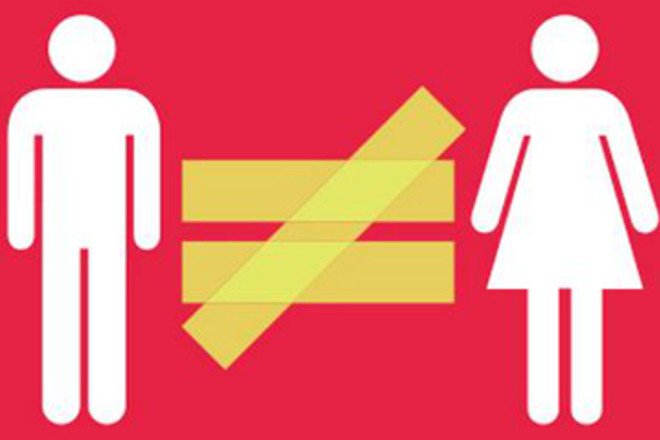Inequality refers to the phenomenon of unequal / unjust distribution of resources and opportunities among members of a given society.
Gender inequality is deep penetrated in Indian society. Although it is a global phenomenon but in particular in the Indian society it has spread its tentacles far and wide.
Discrimination against women was profound even before her birth in the form of female feticide and even born female infanticide has been found in practice.
Differential treatment on the basis of gender is found right from the childhood. Girls are considered as liability. Despite of progress been made economically, gender parity has not been achieved.
The source of gender inequality in Indian society lies in its patriarchal system.
History of Gender Inequality
If we highlight ancient India, an Indian women was placed in high esteem and was regarded as "Maata" or "Devi" in the Vedas and the Upanishads.
As per the Manu Smriti, woman were considered a prestigious being and in the Early Vedic Age, girls were looked after with care.
Then with the arrival of Polygamy the position of woman deteriorated. The further depletion of the status of women took place in the medieval period with the practices of purdah system, dowry system and sati system coming into being.
Factors Behind Growing Gender Inequality
(A) Economic Factor:- There is wage inequality between men and women in India. There are large disparities between men and women in the term of access to banking services. Women have equal rights to property but yet in practice, women are at disadvantage. Women are not allowed to have combat role in military service. The patriarchy has deprived women of achieving Financial Independence.
(B) Social Factor:- The female literacy rate in India is lower than the male literacy rate.
India is entrenched in a strong patriarchal custom, where men hold authority over female family members and inherit property and titles. The dowry system in India contribute to gender inequalities by influencing the perception that girls are a burden on families. Such belief limits the resources invested by parents in their girls and limit her bargaining power within the family.
(C) Cultural Factor:- A key factor driving gender inequality is the preference for sons as they are considered more lucrative than the girl child.
It is a common system wherein an individual's identity is traced through his or her father's lineage, it generally involves the inheritance of property, name , or titles by persons related through one's male kin.
The Present Condition
India ranks 141st out of 142 nation and 2062 district in the world that are categorized as gender critical when it comes to health and survival of women as compared to that of men. As a whole. our country ranks 127th on gender inequality index and 114th on gender gap in the world.
According to 2011 census the female literacy rate was 66%. The miserable condition of women in our society is because of the social, cultural and economical factors in India.
India needs to deactivate the gender inequality, the need of the day is a new trend wherein girls are able to break free from the culturally determined pattern of social hierarchy and explore their opportunities that look beyond the traditional list of household-chores.
Written By - Shivam Jha
Edited By - Tushna Choksey









0 Comments